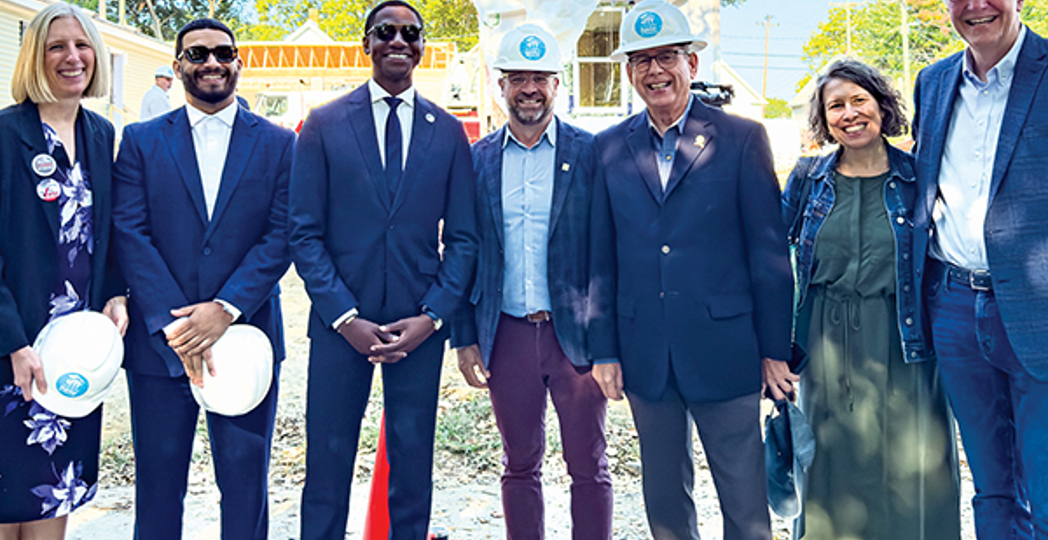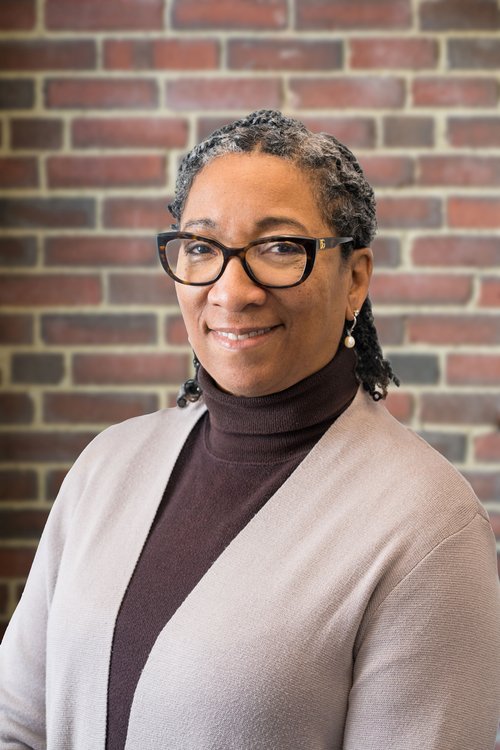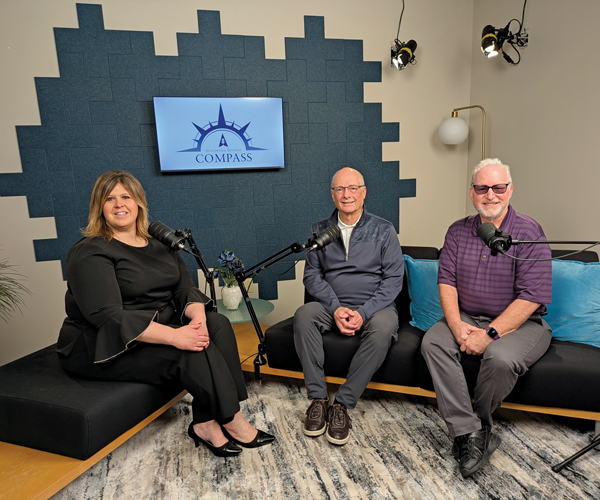Could Modular Homes Be the Answer to Rebuilding Greater Cleveland?
by Jill Sell — Partnership Content | Feb. 1, 2025 | 5:00 AM

Courtesy Greater Cleveland Habitat for Humanity
This year at least 15 Greater Cleveland Habitat for Humanity modular houses will be built in several of the city’s Wards 4 and 8 neighborhoods. The affordable residences will join nine other modular homes built in 2024 in Wards 4 and 5. All are earmarked for approved Habitat for Humanity families.
A modular house is prefabricated, built in sections in a factory and transported to a lot. They are not classified as manufactured homes and are subject to the same building codes as traditionally built housing. In this case, the three-bedroom, two-bath, energy-efficient houses were built by Champion Homes in Sugar Creek, Ohio. Each 1,350-square-foot house features a modern kitchen, laundry room, full or partial porch, full basement and stand-alone garage.
Modular home proponents say the method is cost effective and that the quality of materials and construction is ensured before shipping. Speed of completion was also a factor that attracted John Litten, president and CEO of Greater Cleveland Habitat for Humanity.
When the American Rescue Plan Act (ARPA) of 2021 and $5 million in federal stimulus funds (allocated by Cleveland City Council, Cuyahoga County Land Bank and the State of Ohio) became available, Litten was eager for Habitat’s share. But he had to ramp up home construction.
“Going with modular homes allowed us to augment our production without having to add to our staff or without substantially increasing volunteers,” says Litten, noting Habitat is a lender and sells the houses to qualified families with no-interest loans. “Modular is a nice way to provide a high-quality home that people deserve. We are a hand-up, not hand-out organization.”
The modular houses are part of Habitat’s $33 million 400-Home Initiative, focused on repairing and building affordable homes in Cuyahoga and Lorain counties. Traditionally built Habitat houses with family and volunteer participation will still be constructed by the nonprofit organization. But Litten also says there could be opportunities for parts of a modular house to be finished onsite by Habitat supporters.
Jenny Spencer, Cleveland City Council member, Ward 15, considers the modular homes a combination of two of her dreams — the creation of affordable houses to ensure the diversity of her neighborhood will continue, and housing that provides aging-in-place opportunities for occupants.
Spencer says many residents in parts of Cleveland either live in “legacy housing” (translation: 100-year-old houses with the only bathroom upstairs) or newer townhouses with stairs difficult for older adults and those with disabilities to navigate.
“These modular homes were possible in Cleveland when we got the resources and the partner,” says Spencer.
Mike Polensek, Cleveland City Council member, Ward 8, and dean of City Council, is a longtime, vocal proponent of modular housing. Over the years he has met with resistance, he says, from some local government officials. Now he is “finally glad to see the city come 360 degrees from what it thought about modular housing.”
This past December, the City of Cleveland and the Site for Readiness for Good Jobs Fund issued a proposal for a modular home manufacturer to open here.
“We need to rebuild neighborhoods, create neighborhoods and create personal wealth through homeownership. I want to thank Habitat for taking up this cause,” says Polensek.
Litten is eying other possible locations for future modular homes, including Cleveland’s Buckeye neighborhood and Lorain County, which falls under Greater Cleveland Habitat for Humanity jurisdiction.
“Many of the wards we are working in because of ARPA haven’t seen any new single-family housing in decades. Modular homes give us the opportunity to go where we haven’t been in many, many years,” says Litten.
Trending
-
1
-
2
-
3
-
4
-
5










